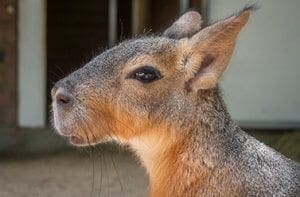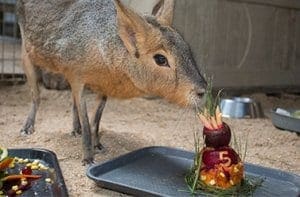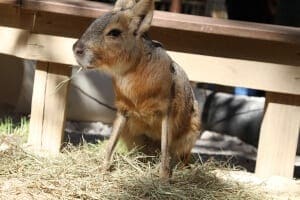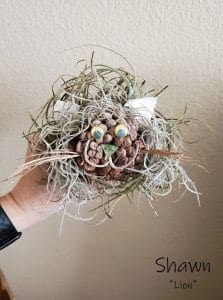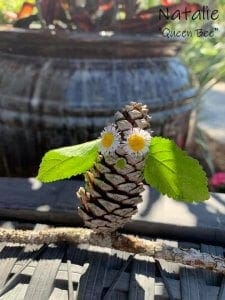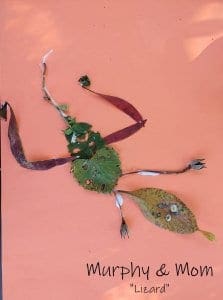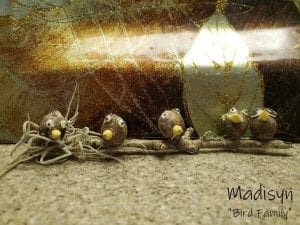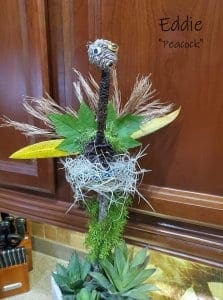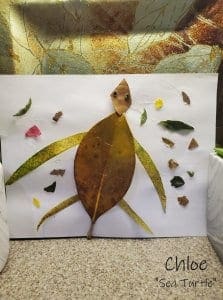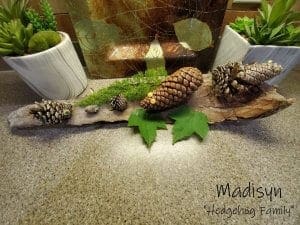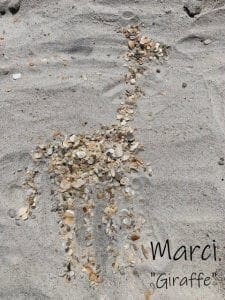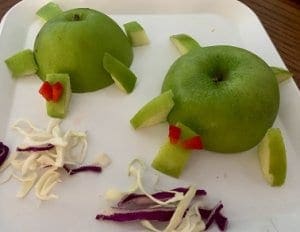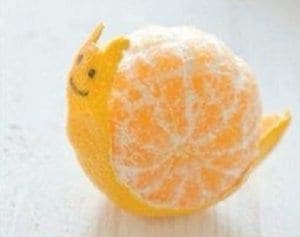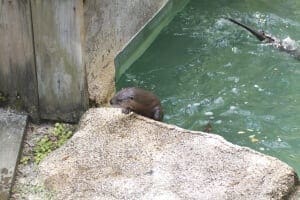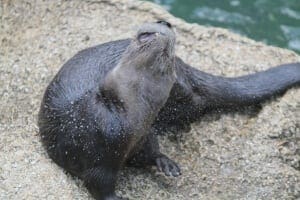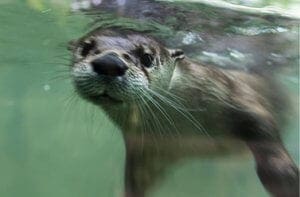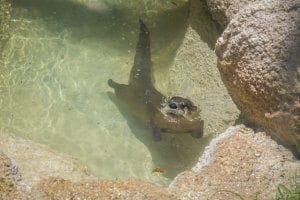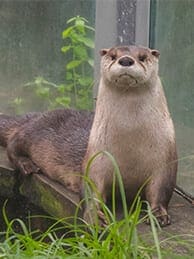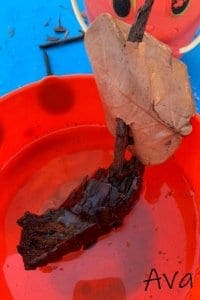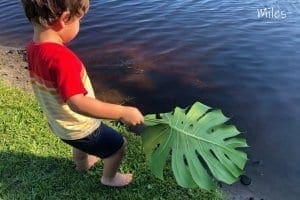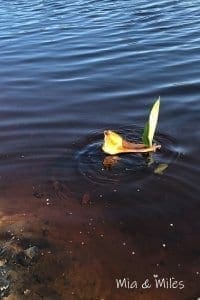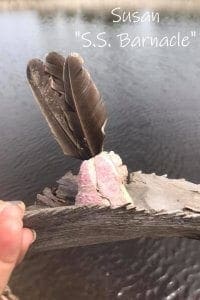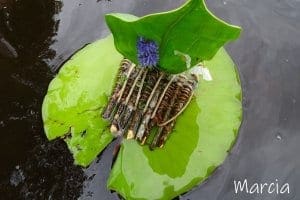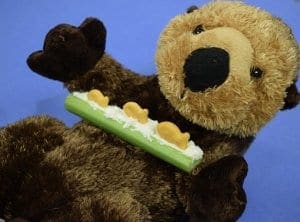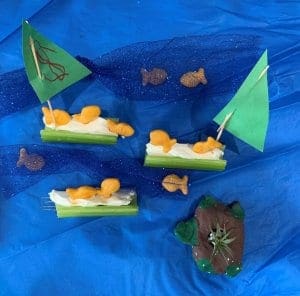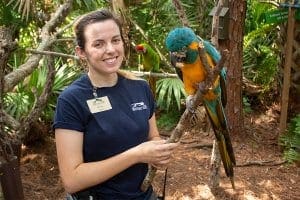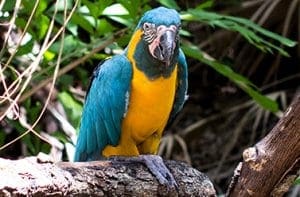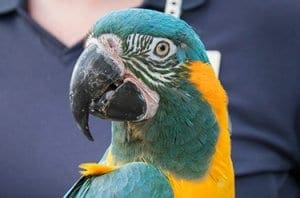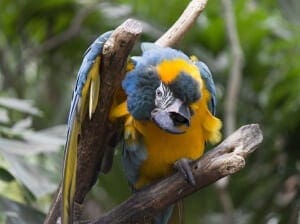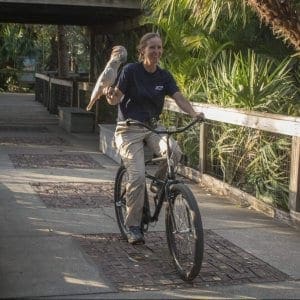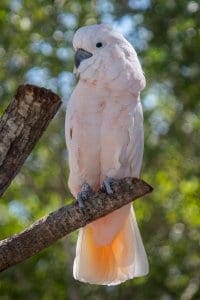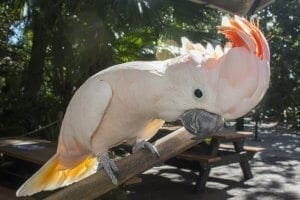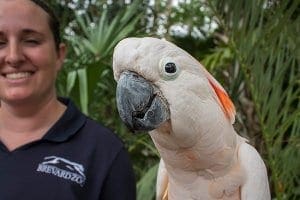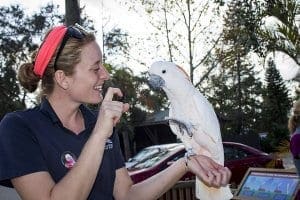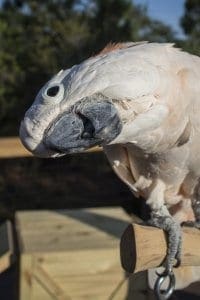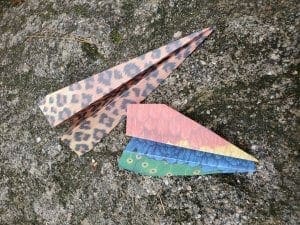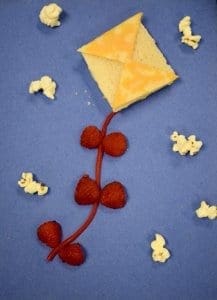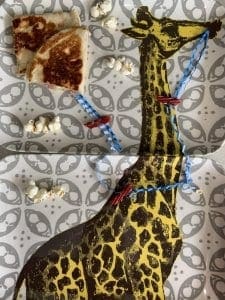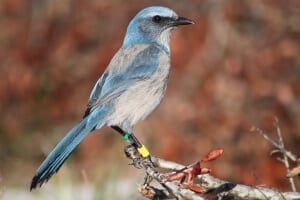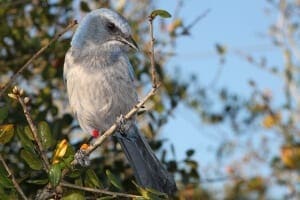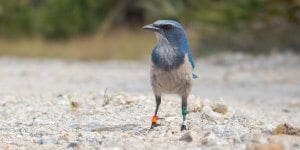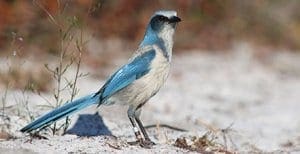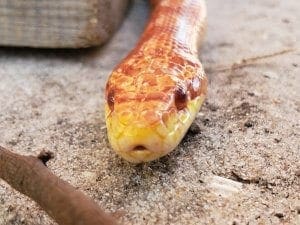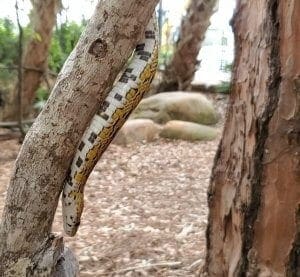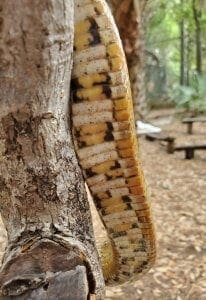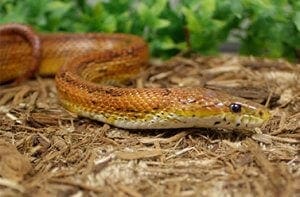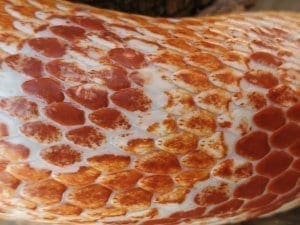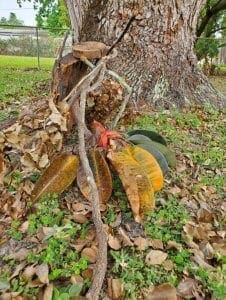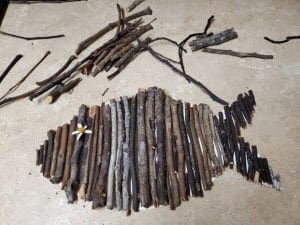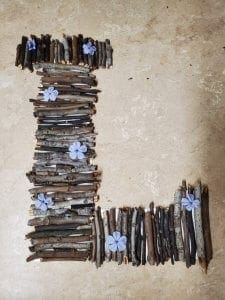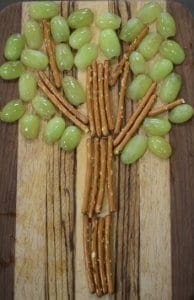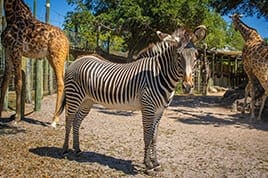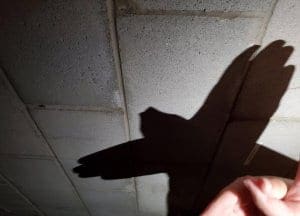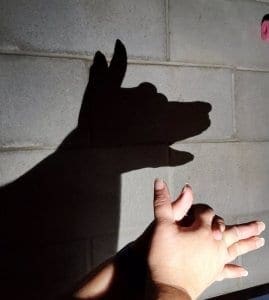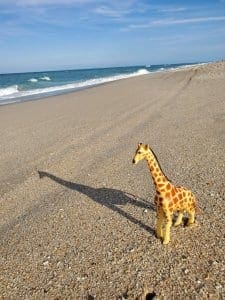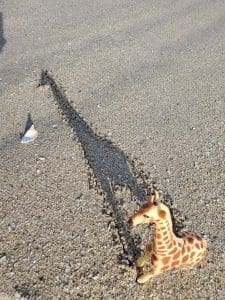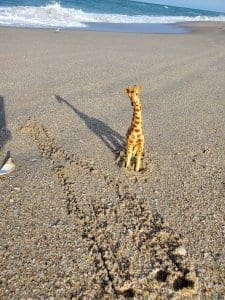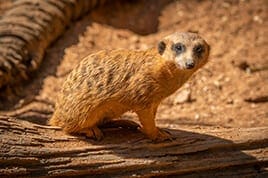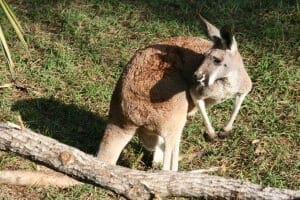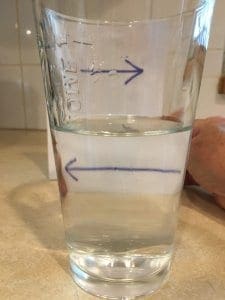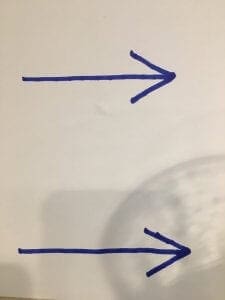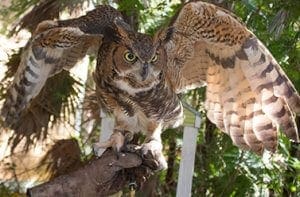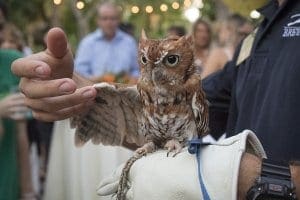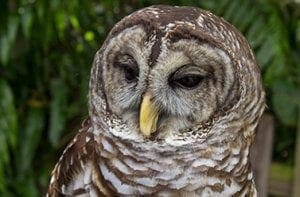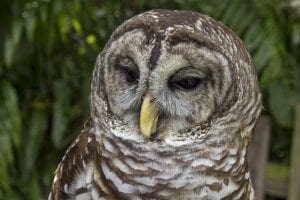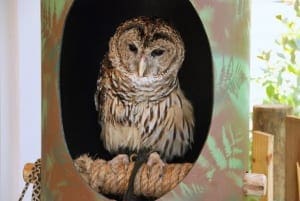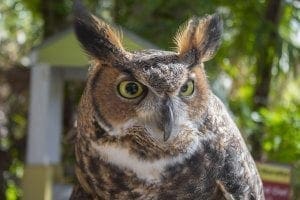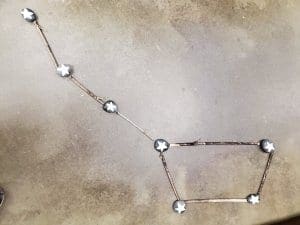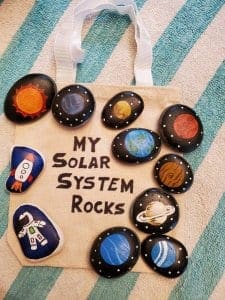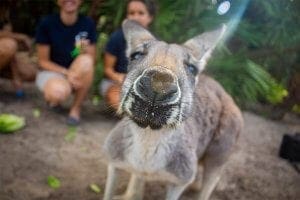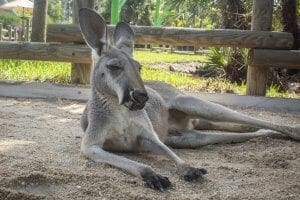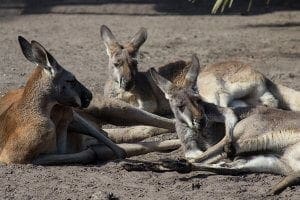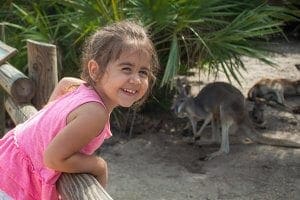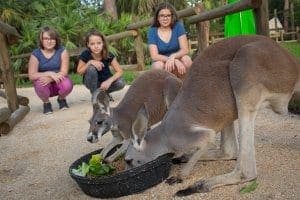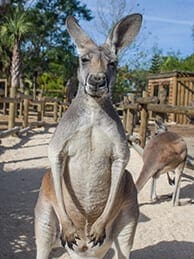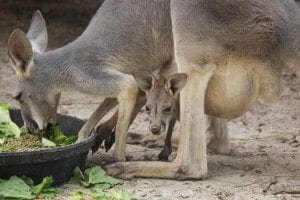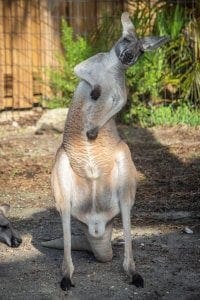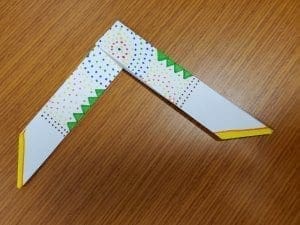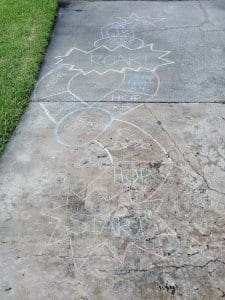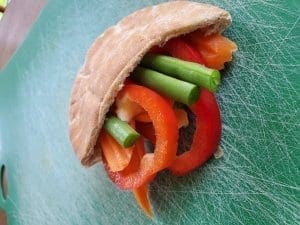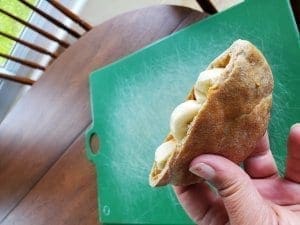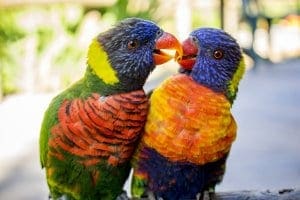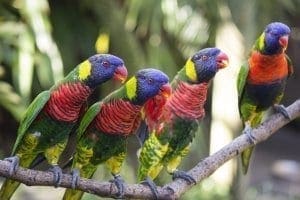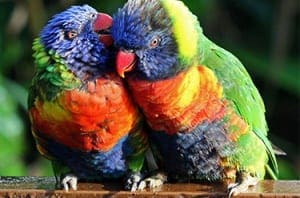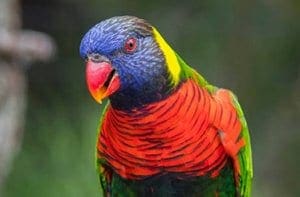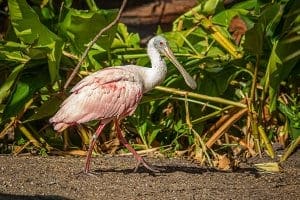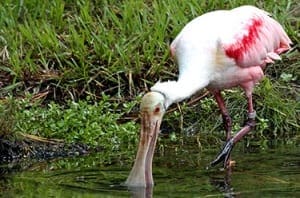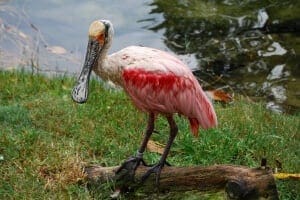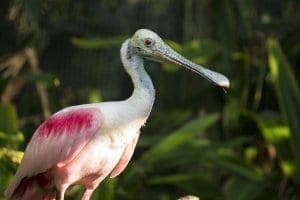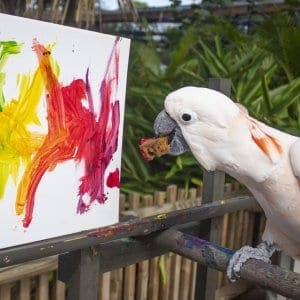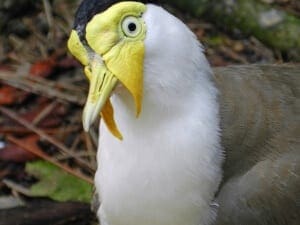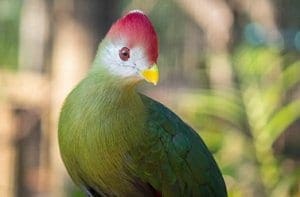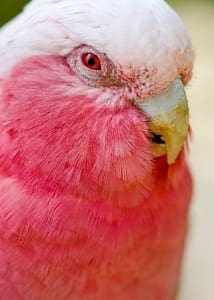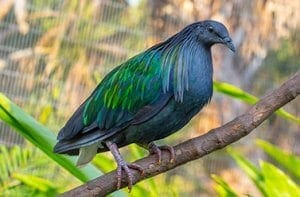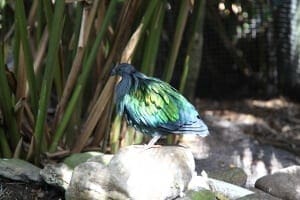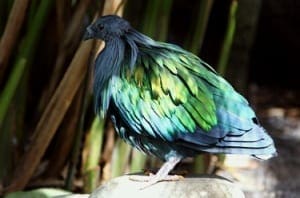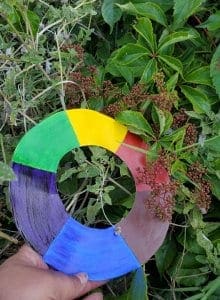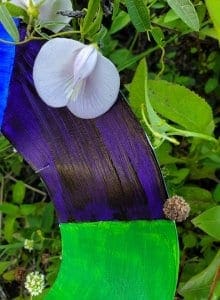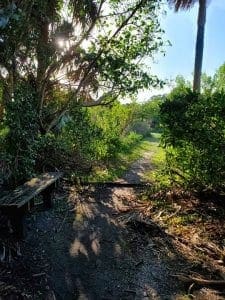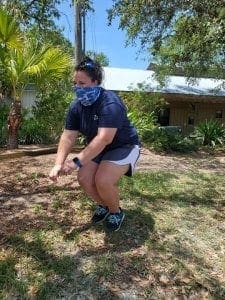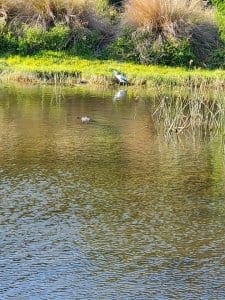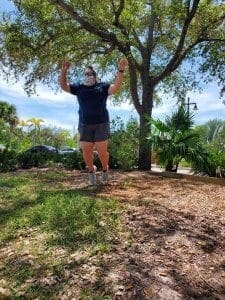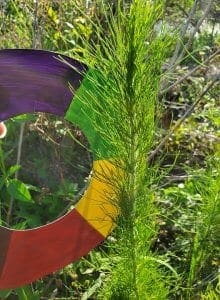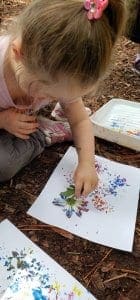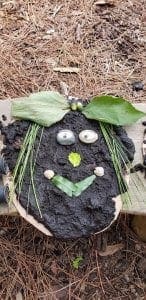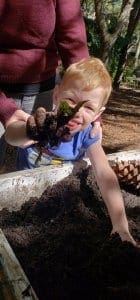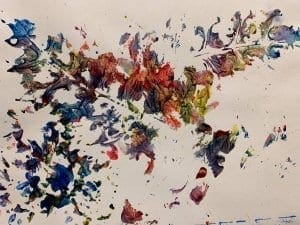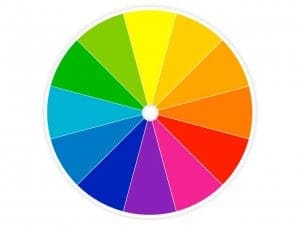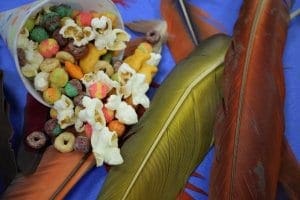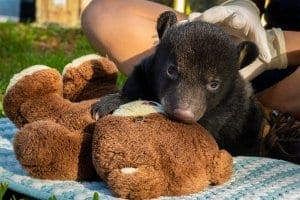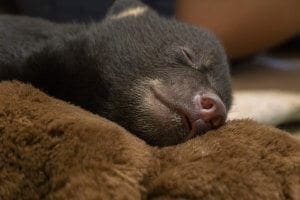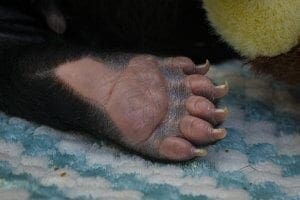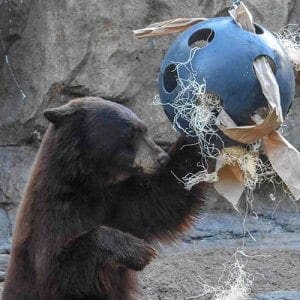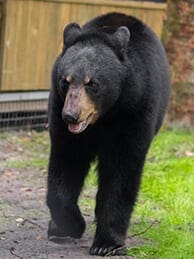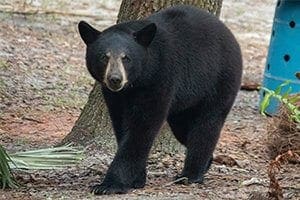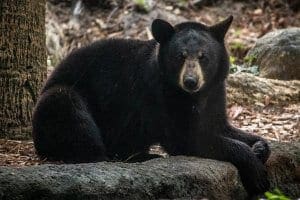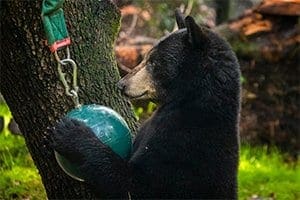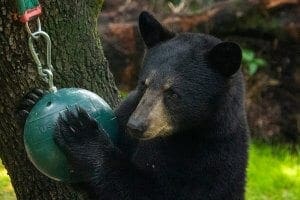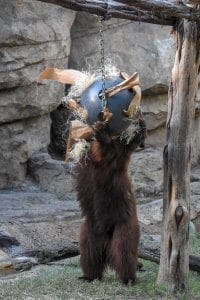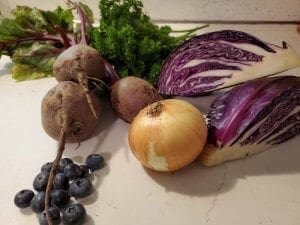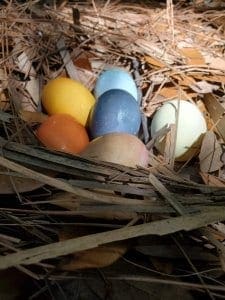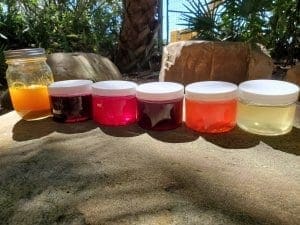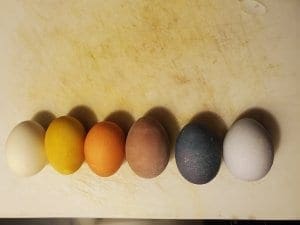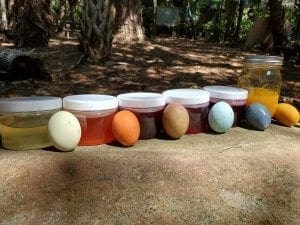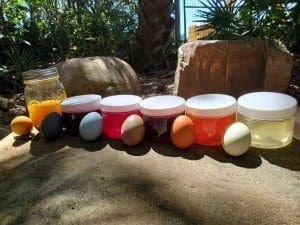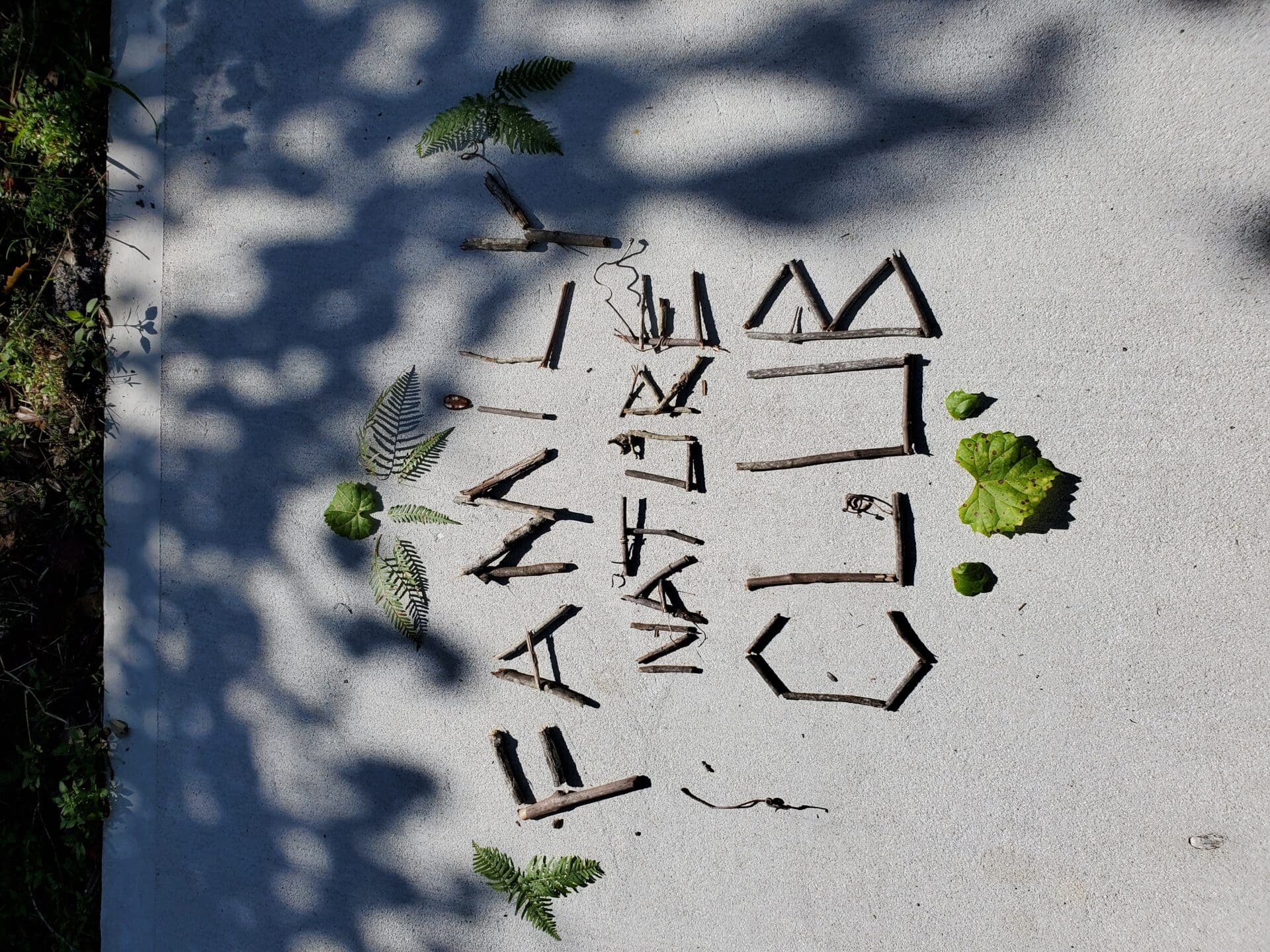
Hello to all our friends! Welcome to Be Outside with Brevard Zoo. We want your family to stay connected with the Zoo, your favorite animals and nature! So let’s get outside, explore and investigate with your family. We have created several weeks of summer adventures for your family to enjoy from anywhere. Invite your cousins, grandparents and friends to join along.
Sponsored in part by the State of Florida, Department of State, Division of Cultural Affairs and the Florida Council on Arts and Culture.
PATAGONIAN CAVY
Nature Walk with Tobi
Welcome to the first week of Be Outside with Brevard Zoo! This week we will:
- Meet Tobi our Patogonian Cavy. Tobi and his keepers have made a special video of his adventures in the Zoo for you to watch!
- Visit our website to learn more about your favorite animal.
- Go on a nature walk with your family in your backyard or neighborhood to collect nature, like sticks and leaves to use in the Do It Yourself animal portrait activity.
- Additional extension activities can be found under Snack Time and Let’s Learn!
Meet Tobi our Patagonian Cavy!
Tobi and Olive our Patagonian Cavy’s and are just a few of the animals that you will find in the Petting Zone. Click HERE to learn more about all the animals in Paws On.
Cavy’s are the 4th largest rodent in the world! They love to bask in the sun. Did you know they can run up to 30 mph and are incredible diggers? These are all things you can do when you are outside, too.
Video of Tobi and his travels around the Zoo coming on Tuesday, see you then!
Collecting nature items on your nature walk to use for a animal portrait activity. Visit our gallery below and see our bird example. Who on the Caribbean Trail does our animal portrait remind you of?
What animal do you miss the most? Think about the animal you can’t wait to see soon! Take a virtual tour of our animals HERE for inspiration! Look at their colors, shapes and textures so you can look for those items in nature.
Let’s Get Outside! Take a walk with your family in the backyard or neighborhood and collect sticks and leaves along the way. Use your imagination and these items to create an animal portrait!
Check out all the great animal portraits you created in the gallery below!
At Home Science
Science for families using what can be found at home. Click HERE for more activities.
NORTH AMERICAN RIVER OTTER
Fetch with Finley
Meet our otters, Finley and Gladys. These are just 2 of the animals that you will find in the Wild Florida loop. If you are really lucky, you can spot otters on the Linear Trail too.
These animals are very active and playful. Gladys loves playing with ice at the zoo. They love to slide down icy slopes and make a splash in the water. Do you like to slip and slide?
Drip. Drop. Plop! Peek your child’s curiosity by going on a nature walk. Collect different shapes, sizes, weights, and textures to see what sinks or floats! Keep those items that float, because next, you will be making a boat.
Make a boat out of twigs, sticks and leaves! Float it around and enjoy the water or make a couple and race them! Don’t have access to the river or sea? Try filling a bucket, the sink or bathtub!
Let’s see all the boats you made.
North American River Otters are great at floating on the water and diving deep under too. You may enjoy making some goldy boats at home. This snack will be sure to make a splash.
Let’s learn more about Finley and Gladys.
Otters are constantly swimming, crawling and playing! Do you like to do those things? Take some pictures of your family doing fun activities doing things otters like to do!
Our Keeper Question is: Which of these is NOT a characteristic of the North American river otter? Visit Finley and Gladys animal information page to learn more, click HERE.
At Home Science
Science for families using what can be found at home. Click HERE for more activities.
Do you want to be a citizen scientist?
You can be an otter spotter. Visit The River Otter Ecology Project to learn more and become an Otter Spotter!
BLUE-THROATED MACAW & SALMON-CRESTED COCKATOO
Up Up And Away with Beni & Goofy
Beni is our resident Blue-throated macaw. He has many learned behaviors to help with his animal wellness, he even teaches people how to recycle! Macaws can travel several miles in groups daily to search for food. These parrots use their tail feathers as a brake to slow down in flight.
Goofy, our Salmon-crested cockatoo made a cameo appearance too! Do you have a favorite picture of Goofy? Visit our gallery below for some of our. Goofy can’t wait to see you real soon!
Visit live webcams in the rainforest here.
Do It Yourself: Paper Airplanes
This challenge is to create a paper airplane. Grab some paper, add some color to it and fold your favorite style airplane. Make a few, see what one flies farthest, or maybe doesn’t fly at all! Have family members fold a few and have a friendly competition outside in your yard or park. Visit HERE for different styles!
Some people call paper airplanes aerogami, named after the Japanese art of paper folding. Learn more about thrust, lift, gravity and drag here https://scienceforkidsclub.com/paper-airplanes.html.
Let’s go fly a kite
When the wind is blowing, it is time to go outside and fly, fly a kite! This past time is fun for everyone! Flying a kite is a great way to explore wind and how it moves things. Click HERE for a guide for the best kites for kids and to learn more about the many different types.
Don’t have a kite. Let’s build one! Visit this great PBS kite making page HERE.
Kite Sandwich
This snack will be ‘high’ on the priority list and soar into those hungry bellies. You can be creative and use items in your refrigerator and pantry to design your kite. Or maybe something else that is up in the sky.
Ingredients: Bread, cheese, raspberries, fruit string, popcorn
Directions: Cut the bread in a square. Arrange cheese in a fun way. Add fruit string as a kite tail and arrange raspberries to look like bows. Sprinkle popcorn clouds around your plate.
At Home Science
Science for families using what can be found at home. Click HERE for more activities.
Let’s Learn More about Florida Birds
Visit Audubon Florida to learn about shoreline birds and the Florida Scrub Jay. Take this beach bird identification flyer with you next time you go the beach.
To learn more about Brevard Zoo’s conservation of the Florida Scrub Jay click HERE! Read our 2019 blog about In The Field: Banding Florida Scrub Jays.
RED RAT SNAKE
SSSSSnakes Maizey, Copper, and Waldo are resident red rat snakes that sssteal your heart in the Wildlife Detective Training Academy. Maizey enjoys being buried and finding her is always a challenge. Copper and Waldo love to cuddle in their habitat together.
Sometimes they are called corn snakes because farmers would find them preying on mice and rats in the buildings where they store corn. Another theory for how they earned their name is the likeness of a corn pattern on their bellies. What do you think? Visit the gallery below.
Red rat snakes, or corn snakes, are great at climbing trees. Can you tell what else they are really good at?
We hope you enjoyed this episode with Copper, Maizey and Waldo.
Do It Yourself: Little Architects
Do you have a favorite nature spot? Let’s go outside and play!
As you navigate through the brush and trees, collect sticks for your do it yourself project. Let those creative brains transform those twigs into works of art! Use the loose parts your family collected and transform your little architects mind to create animal habitats, fairy villages, or wherever their imagination takes them.
Keeper Question?
How many counties in Florida are red rate snakes found?
answer: Red rat snakes are found in every county in Florida.
Did you know the red rate snake is the best climbing snake in Florida?
Let’s learn more about Florida Snakes
Learn more here or visit the Florida Fish and Wildlife website for Snakes in Florida. Nonvenomous Florida Snakes Guide can be found here.
The Florida Museum has great resources on Florida reptiles and amphibians.
At Home Science
Science for families using what can be found at home. Click HERE for more activities.
Do you want to be a citizen scientist?
3 Upland Snakes, the Southern Hognose, Florida Pine and Short-tailed snakes need sighting data. have you seen them? Florida Fish and Wildlife wants to know. To learn more click here.
GREVY'S ZEBRAS
Black with white stripes or white with black stripes? We found out! Zonka, Iggy and Lauren are black with white stripes! The endangered, Grevy’s zebras are the largest of all wild equids (hoof stock). In this video, you see our keepers making sure those hooves are in tip top shape.
Not only is physical wellness important, but fun opportunities too! Our keeper’s let the zebra’s explore on the giraffe veldt. Lauren was so brave and adventurous on the veldt! She was the first one to walk out and start exploring. Zonka was next out and needed to build some confidence up before she went all the way out to see what Lauren was up to instead of just hanging out in front of the gates. Iggy has a timid personality and took the longest, but once she was out, she did amazing! All three just love going on the veldt where they can graze, run, and interact with the giraffe and impala. It’s just so much fun to watch! I just love them.’ – Kim, Keeper
Let’s get outside and Shadow Dance! On a sunny day, go outside and make your shadow dance, wave, jump and wiggle. You can spell out words with finger shadows, do some yoga, wiggle or turn your favorite character into a shadow show? You can play together, guess what the other shadow is doing or strike a pose!
The fun doesn’t stop there. Go outside with sidewalk chalk. Create a parade and trace the shadows with the chalk. Have a friend or family member trace your shadow with the chalk. Take turns tracing one another’s shadow. You can even grab some leaves and trace those shadows.
Shadow play can last all day! Grab a flashlight and make shadow animals on the wall.
More Fun!
Click HERE for more ideas how to play with shadows and HERE for a shadow puppet video.
Remember to Post your shadow play on our Family Nature Club or Homeschool Facebook pages or email edprograms@brevardzoo.org. We will highlight your shadows in our gallery.
Shadows
Shadows can be lots of fun! With “shadow play” you can go outside with sidewalk chalk. Have a friend or family member trace your shadow with the chalk. Have your ever wondered what is a shadow? A shadow is an area where light from the sun or another source is blocked by an opaque object. Our shadow is black. Black is the absence of light. Light is a type of energy we need in order to see. Our main light source is the sun. We also receive light from the stars, moon, and man-made objects such as light bulbs and torches.
At Home Science
Let’s Play With Water Refraction
Refraction is bending of light as it passes from one medium to another. Materials: a clear glass of water, marker or crayon and paper, decorative paper with stripes or other designs. Have your kids draw a simple arrow. Hold it behind the glass about 4 inches from the back. Look through the glass. What do you observe? That’s crazy! An example of refraction or bending of light. Now try pieces of decorative paper or draw your own stripe or designs.
Great Horned, Eastern Screech and Barred Owls
I’m talon you, this week will be a hoot! Small, medium and large. These silent flyers come in all different sizes. Guess WHOO will be on Be Outside with Brevard Zoo.
We are going to explore these silent flyers of the evening skies. They are built to hunt in the dark thanks to their 3-D hearing and silent flight. These birds of prey are something to give a hoot about!
Let’s meet some of the owls at the zoo.
Great Horned Owl
Horatio perches at Brevard zoo because she broke her wing, which left her unable to fly. These birds are incredible hunters with very strong grips. Horatio is powerful enough to break the forearm of a human!
Eastern Screech Owl
Owlbert came to us from the Florida Wildlife Hospital due to an injured wing. Our Eastern screech owls have a red/rufous coloring which allows them to camouflage with trees.
Barred Owl
Errol lives with us because he is missing a wing. Even though Barred Owl’s are nocturnal, their rich baritone hoot is not uncommon to hear during the day.
Let’s Ge Outside
Spring is in the air. Grab your lanterns or flashlights and take an evening stroll when the moon comes up. (Don’t forget the bugspray!) Walk around your yard or neighborhood and see what comes to life after dark. Become astronomers as you gaze up at the moon and stars. Can you count all the stars!
To all our future astronomers. Check out these apps for your phone to identify constellations, planets, and more:
Do you want optimal viewing? Check out the moon phase calendar.
Do it Yourself Project
Waiting for the sun to go down? You can create your own universe! Paint solar system story rocks or stars on the rocks and make constellations. Click HERE.
Constellations
Keep those astronomer minds working as you make your own edible constellations.
Ingredients: Stick pretzels and marshmallows
Directions: Stick pretzels in the marshmallows to create constellations.
Fun Things To Do & See
Check out Space Coast Launches for an upcoming launch schedule.
At Home Science
Science for families using what can be found at home. Click HERE for more activities. Diurnal, Crepuscular, and Nocturnal Scavenger Hunt
RED KANGAROO
Let’s hop right to it! Red kangaroos are marsupials, meaning they carry their babies in a pouch. You can check them out in Lands of Change. A red kangaroo can reach speeds of over 35 miles an hour. Their springing gait allows them to reach 25 feet in a single leap and jump 6 feet high!
Our red kangaroos at the zoo have quite the personalities and stories. Read Lilly’s story here.
Do you have a favorite picture with the kangaroos? Post on our Family Nature Club page and let us see your “mob” at the zoo.
Bounce, leap, spring, jump!
Can you jump like a kangaroo? Grab a measuring tape, we are testing your jumping skills. ‘Roo’s cover a distance to reach 25 ft, how close do you come? Mark a starting point on the ground, gear up and JUMP! How far did you make it? What happens if you run, do you make it farther? Kangaroos cannot jump backwards, can you?
Black-tailed jackrabbits: can leap about 10 ft
Tree frogs: up to 7 ft.
What animal did you come close to reaching the same distance?
Let’s Get Outside!
Now that your jumping skills are warmed up, grab that sidewalk chalk you’ve been using and create a hopscotch board on the driveway or or sidewalk. Throw a stone and hop from one space to the next, can you do it on one foot. Skip over the spot you threw the stone. On your hop back, bend down and pick up the rock and do it again.
Now that you are an expert jumper…how about getting a rope and jump rope. How many times can you jump in a row? Need some suggestions or new ideas to play, games or make up a challenge for your parent. Click HERE to learn more.
Do it Yourself Project with a BOOM!
Feeling artsy? Boom! Boomerang that is. Here is a video link to fold a boomerang pictured below, or a ninja style boomerang. Have fun making both! See which one you like better.
After you make your boomerang, test it out. Did it return to you once you threw it?
Ask a parent and take a video of you and your boomerang and send it to a family member, like a grandparent or cousin.
Learn More
Visit National Geographic Kids to learn more and see fun videos.
Keeper Question:
What is a group of kangaroos called?
A:Crash B:Herd C:Mob D:Jack
answer: Mob
Keeper Fact:
Kangaroos are the tallest of all marsupials, standing over 6 feet tall. Measure your parents or grandparents to see how tall they are compared to a kangaroo.
At Home Science
Science for families using what can be found at home. Click HERE for more activities.
Lorikeets
Rainbow Lorikeets
Rainbow lorikeets are a small parrot that rely on nectar from various trees in Australia and Indonesia, and as a result, they are important pollinators. About 100 Lorikeets are in our free flight aviary. Their brush like tongues help scoop up food and nectar. Watch the video closely to see if you can spot their unique tongue.
Lorikeet Landing
Lorikeet Landing is home to 11 species of birds. Check out the gallery below or visit HERE to see all our birds in Lands of Change.
Nature Color Wheel and Painting with Nature
Nature Color Wheel
Make a color wheel. Grab some crayons, markers, colored pencils, colored paper or even color swatches and create a rainbow of colors. Next, go outside and find nature items that match the colors. Maybe find a color you’ve never seen. Click HERE for a color wheel to print.
Birds have 4 cones in their eyes and can see in ultraviolet! This means they see colors we never have. Check out this clip to learn a little more how birds see. https://www.youtube.com/watch?v=bG2y8dG2QIM
Native Plants
Resources: A yard full of native plants is a yard full of well-fed birds. Why are native plants important for our yards? Native plants bring native bugs, which attract native birds to eat those bugs. https://www.allaboutbirds.org/news/its-true-a-yard-full-of-native-plants-is-a-yard-full-of-well-fed-birds/
Natives for your Neighborhood
Enter your zip code for native plants for your yard. https://www.regionalconservation.org/beta/nfyn/zipcodes.asp
Gardens for Wildlife
Create a wild-life friendly garden with your family. Learn more here http://nwf.org/garden
At Home Science
Science for families using what can be found at home. Click HERE for more activities.
Keeper Question
Adult lorikeets have orange beaks, but baby lorikeet beaks are which color?
a:White b:Orange c:Black
answer: Click Here
Florida Black Bear
Florida Black Bear
Who is an expert fruit finder, an excellent napper, and incredible climber? You guessed it, the black bear! This largest, Florida land mammal has a very keen sense of smell. They can pick up a scent from over a mile away. Having this great sense of smell allows them to scout out fruit, honey and meat.
You can see Cheyenne in her habitat in the Wild Florida Loop.
At Brevard Zoo, the animal keepers provide different forms of enrichment to stimulate natural behaviors like smelling. They will add some of Cheyenne’s favorite foods in different places and items throughout her habitat to allow forging behaviors. What are your favorite smells that turn your nose to the air to sniff out? Cookies baking, dinner cooking, freshly mowed grass or maybe the air after an afternoon storm?
It is always good to remember to be safe in bear territory. Here are some tips for keeping you and the bears safe. Click HERE.
More information all about Florida black bears, visit Florida Fish and Wildlife Conservation Commission HERE.
Natural Dyes
Nature provides a rainbow of colors! For many years, people have used these hues to decorate fabrics, crafts, hair, bodies, and traditional ceremonies. Dyeing with plants is a great way to explore nature and the prism of colors that you and your scientist can discover. Make a prediction about what color the different plants will produce when boiled. Use your nose like a bear and smell the wafts as they simmer. What ones smell the best, the worst?
Ingredients:
4 qts water
2 tbs vinegar
Directions:
Boil water and vinegar. Add ‘color veggie’. Lower temperature and simmer for 30 minutes. Add egg, handkerchief, etc. and let sit until it reaches the desired color. (Usually about 30 mins.) Do this for each color you want to make.
We used:
Parsley
Onion Peels
Blueberries
Beets
Red Cabbage
Tumeric
Jams and Jellies
Homemade jams and jellies are a fun summer activity that the kids can enjoy too! Click HERE for a recipe for strawberry jam.
At Home Science
Science for families using what can be found at home. Click HERE for more activities.
Keeper Fun Fact
Black bears walk flat-footed, like us! That’s different than most animals, which walk on their toes.
Keeper Question?
What season are bears most active?
A: Spring B: Summer C: Fall D: Winter
answer: C, click HERE for more information
Learn More at Florida Fish and Wildlife Conservation Commission
Get Involved
Managing Bears
Bear Biology
Bears By The Numbers
Brochures and Videos
REFUND POLICY
- No refunds will be issued once a ticket is purchased.
- No refunds or rain checks will be issued due to inclement weather. The Zoo is an outdoor facility with little indoor space. Please plan your trip to the Zoo accordingly based upon the anticipated weather conditions for that day.
- No refunds will be issued to anyone removed from the Zoo for failure to follow the Rules of the Wild.
- Please make sure you read and understand our refund policy.


